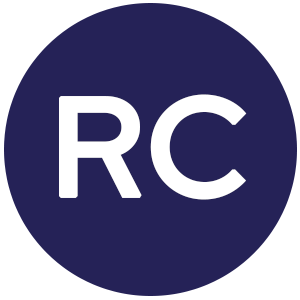Real-time location system (RTLS) technology for healthcare has come light-years since its arrival in the 1990s, and so has its means of installation. No longer do hospitals have to string miles of extra cable throughout their corridors and knock holes in walls to connect their RTLS components. With lightweight BLE tags and WiFi networks, an RTLS can stand up within weeks instead of months, with minimal disruption to clinical operations and far less up-front expense than legacy systems like infrared and ultrasound.
But, as always, there’s a catch. Although BLE RTLS have lower barriers to entry, they’re often not accurate enough to drive the financial returns and improved clinical workflows hospitals want when they invest in an asset tracking solution. Hospitals, therefore, face a tough choice: go with a cheap and easy-to-install platform, or opt for an expensive and cumbersome but accurate solution?
The inherent drawbacks of a cheap-and-easy BLE RTLS for hospitals
Many hospitals opt for the first option but soon discover that the ease of having an RTLS operate on the hospital’s WiFi means potential interference with mission-critical technologies throughout the hospital that rely on that network.
They also learn that in many cases, the system misleads them, showing that a piece of equipment is in one room when it’s actually in another or even on a different floor because WiFi can reach through walls, floors and closed doors. That is a big problem if, say, the RTLS reports that a critical piece of equipment is in a clean storage room when, in fact, the equipment is dirty and sitting in the soiled storage closet right next door.
It’s true that having some asset tracking is better than having none, but hospitals seeking to derive a substantial ROI from their RTLS inevitably learn that the system must be accurate to achieve that goal. At this point, hospitals have a few options for next steps:
- They can install BLE equipment in every room and corridor of the hospital, but while this will help improve the accuracy of the system, it will still fall short of reliable room-level accuracy, and at the same time drive up the cost of the overall platform — the exact reason the hospital invested in a lightweight BLE RTLS to start with.
- They can do a one-eighty and invest in a legacy technology like infrared, ultrasound, or ultrawideband. Installation for these systems has evolved in recent years to be less invasive, using components that are battery-powered instead of requiring intrusive hardwiring. Still, the price point will be dramatically higher than that of a BLE system.
- They can consider a non-WiFi BLE solution, like Cognosos, that can provide enterprise-wide room-level accuracy with high confidence, lightweight infrastructure, and a substantially lower startup cost.
How non-WiFi BLE provides accuracy AND lower barriers to entry
A non-WiFi BLE RTLS solution relies on four components:
- Beacons – These are small (similar in size to an automatic toll transponder you’d affix to the windshield of your car) and clipped to the ceiling infrequently around the hospital.
- Tags – Attached to equipment in your fleet, these receive signals and pass data to an internet-enabled gateway.
- Gateways – A gateway is installed in an existing data closet on each floor of the hospital alongside other IT equipment to provide a dedicated internet backhaul, bypassing any connection to the hospital WiFI.
- A cloud-based artificial intelligence (AI) system that receives location data from the tags via the gateways and uses a machine learning algorithm to create a reference network for the entire hospital, identifying each tag’s precise location.
The battery-operated BLE tags and beacons negate the need to disrupt operations with costly and complicated installation. The gateways enable the RLTS to operate completely separately from the hospital’s WiFi network. And, unlike traditional BLE RTLS, non-WiFi BLE solutions can deliver a high degree of accuracy without having equipment in every room thanks to the cloud-based AI system and the reference network it develops.
The hospital asset tracking solution that fits just right
For hospitals facing the classic RTLS conundrum, a non-WiFi dependent BLE RTLS solution like Cognosos offers a long-awaited and attractive third choice.
It can provide a level of accuracy comparable to expensive legacy technologies, and it’s available at a price point that’s competitive with the BLE RTLS currently available on the market – it’s also just as quick and easy to install.
To learn more about the advantages of a non-WiFi BLE RTLS versus other options, download our Ultimate Guide for Choosing the Right RTLS Solution for Your Hospital.



